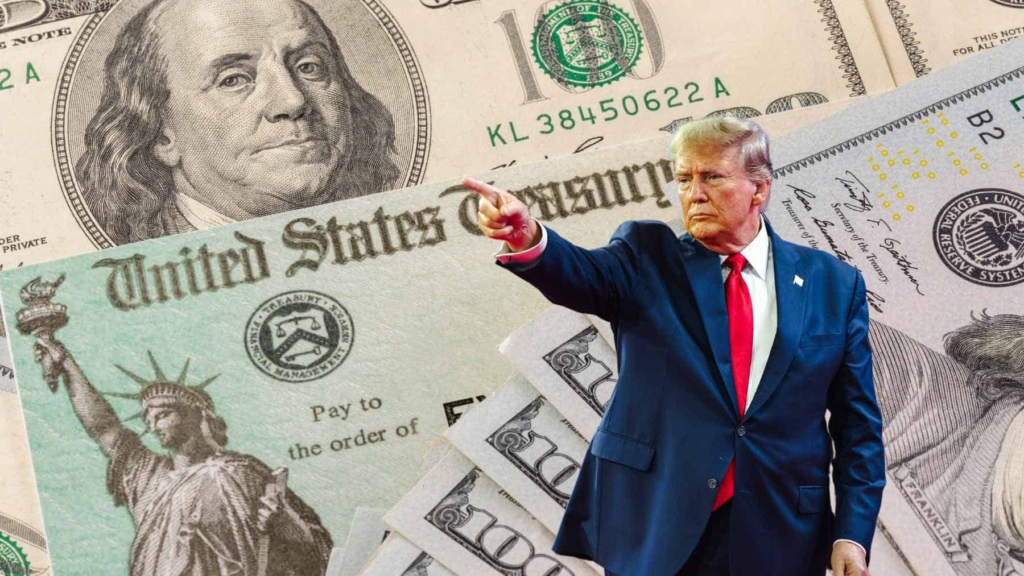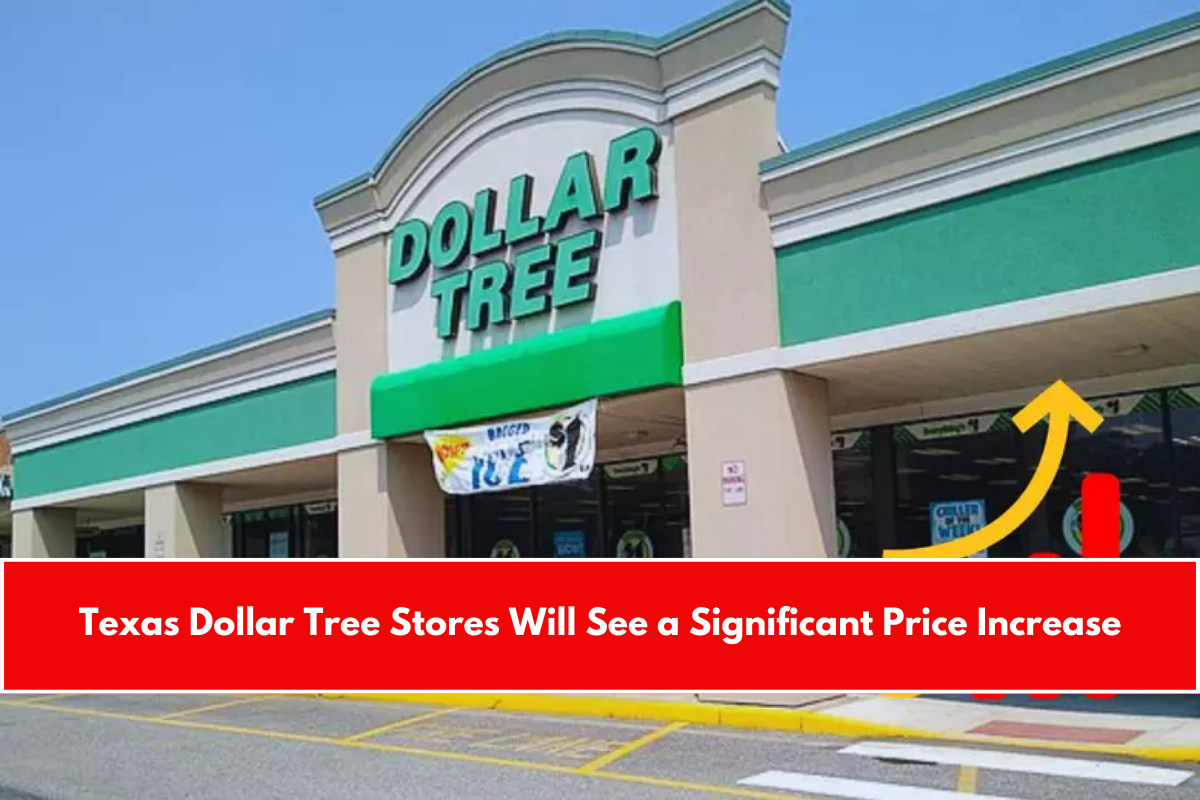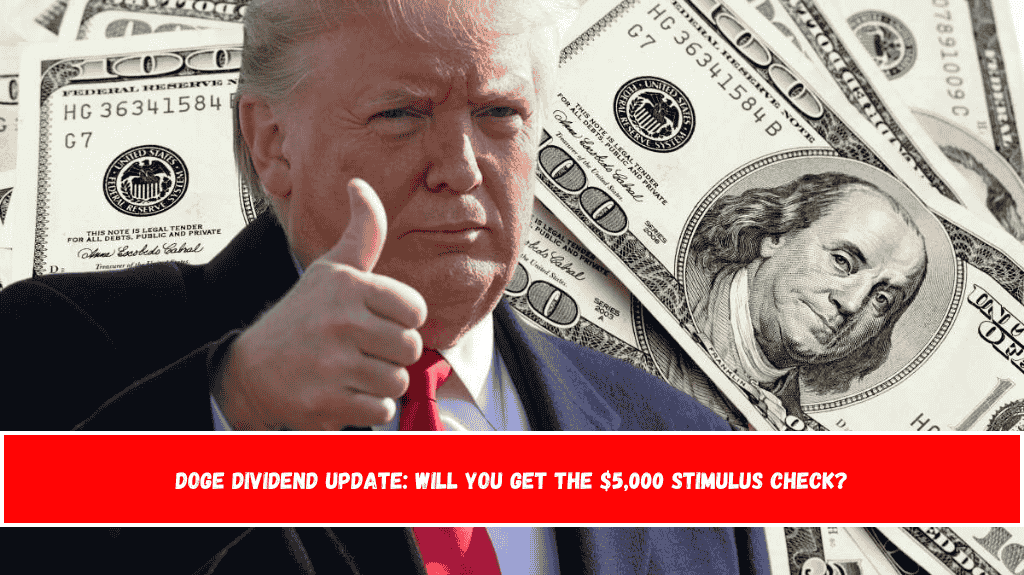A new plan to send $5,000 checks to taxpayers—called the DOGE Dividend—has captured national attention, but as of now, it remains only a proposal. The idea, promoted by James Fishback and backed publicly by Elon Musk and Donald Trump, aims to give back part of the savings from cutting wasteful government spending.
But even with public interest and online buzz, no bill has been introduced in Congress. Let’s break down what’s really happening with the DOGE Dividend, who might be eligible, and whether it’s likely to happen anytime soon.
What Is the DOGE Dividend?
The DOGE Dividend is an initiative proposed under the Department of Government Efficiency (DOGE), created to reduce waste in federal spending. According to Fishback, if the government can save $2 trillion over 18 months, it could return $400 billion—or about $5,000 per household—to net taxpayers.
Here’s the math:
- $2 trillion in savings × 20% (DOGE’s rebate portion) = $400 billion
- Divide $400 billion by 79 million qualifying households = $5,000 per household
Is There Any Progress in Congress?
As of April 2025, there has been no official bill introduced in Congress. While Fishback claims to be in contact with lawmakers and both Trump and Musk have expressed interest, there’s no formal commitment or policy draft.
According to updates from April 8–10, lawmakers remain divided, and there’s no real movement. Some social media posts suggest things are moving fast, but experts warn that these are likely pre-election rumors or speculation, not verified facts.

Why Is the DOGE Check Different from COVID Stimulus?
It’s important to note that DOGE stimulus checks are not like COVID checks. During the pandemic, relief money was distributed through government borrowing, which added to the national debt.
In contrast, the DOGE plan proposes to:
- Use real savings from spending cuts
- Avoid borrowing money
- Target only net taxpayers (those who pay more in taxes than they receive in federal benefits)
Fishback claims this would prevent inflation, but some economists argue that injecting $400 billion into the economy could still cause price increases by raising demand.
Who Would Qualify for the DOGE Dividend?
This is where it gets controversial. Eligibility would likely be limited to:
- Net federal taxpayers (those earning more than they receive in benefits)
- Households, not individuals
- Excludes most low-income families and undocumented immigrants
- Likely includes only those earning above $40,000/year
According to Pew Research Center, nearly 35% of households earning below $40,000 would not qualify. Critics say this is unfair, especially to working-class families. Supporters argue it’s fair to give back only to those who fund the system.
Will DOGE Checks Actually Happen?
Experts say it’s unlikely before 2026, if at all. Here’s why:
- No official bill has been filed
- Congress is divided—some want savings to go toward deficit reduction, not stimulus
- The federal deficit increased by 5% in February 2025, making large savings harder to find
- The plan still needs full legislative and White House approval
So while Fishback is still pushing for it online, and Musk said he would “review it with the president,” there is no concrete timeline or guarantee.
The idea of a $5,000 DOGE Dividend is attractive, especially in times of economic stress. However, the proposal is still in the early discussion stage. With no official law, uncertain funding, and strict eligibility rules, most Americans should not expect a check anytime soon.
If DOGE’s savings reach the expected levels and Congress approves the plan, checks may be distributed after 2026. Until then, stay informed—and don’t believe every viral post.


















Leave a Reply